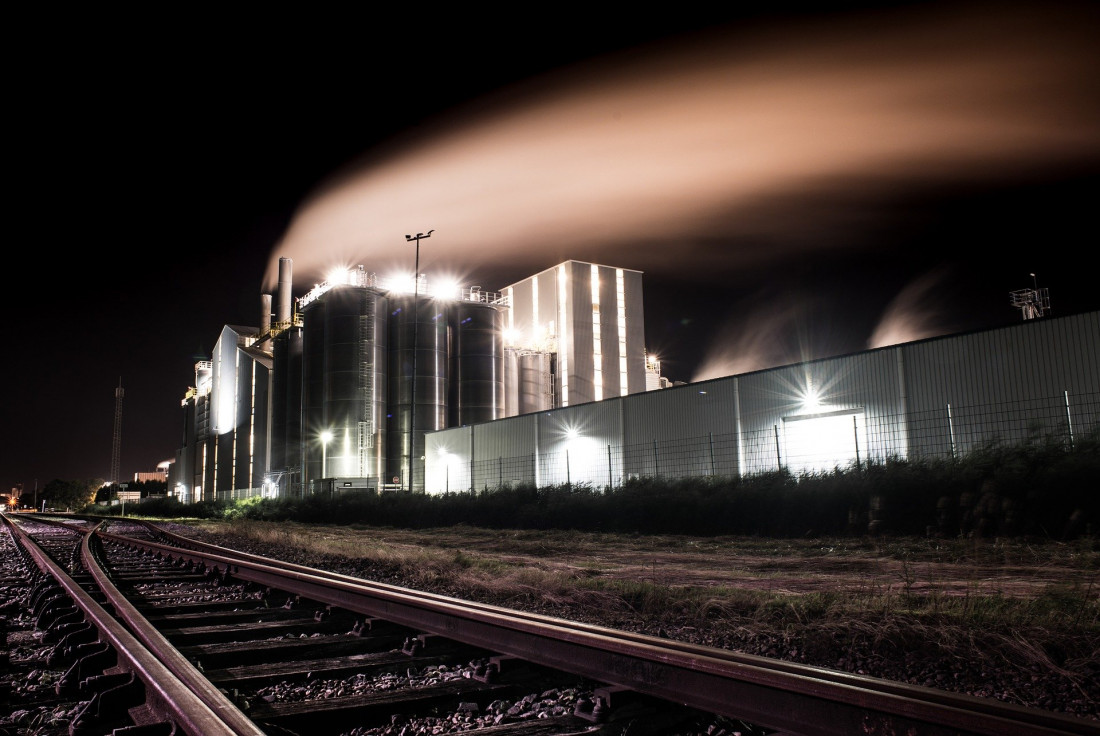There is a new movement making waves in suburbia. It is a force for good that is applying common sense to the way we live our lives, and to the way that we raise our children. It is a way of thinking that reduces fear, and instead applies common sense to everyday problems. Interestingly, it is having great success in allaying people’s fear of industrial chemicals.
It is being lead by the wonderfully named Julie Gunlock, and her book, ‘From Cupcakes to Chemicals’, and is based on a healthy examination of the risks in daily life coupled with a common-sense look at the dangers that the chemicals in our lives present.
One of the more amusing and yet relevant stories from the book, includes that tale of how the author was watching a news report on the dangers of drinking water from a garden hose. Where she writes that, “The news story centered on the fact that most garden hoses are made of polyvinyl chloride, better known as PVC. PVC has high levels of lead and other chemicals and, therefore, the claim was that since children and pets sometimes drink from garden hoses, they were getting big doses of toxins when taking the occasional sip.”
Gunlock then continues to question the logic behind the news story, asking, “Most garden hoses are indeed made of polyvinyl chloride, which is toxic if consumed in large quantities. Yet it is impossible — let me repeat that word, impossible — for a human to consume enough water to reach toxic levels of PVC exposure. Why is this impossible? Because the amount of chemical that leaches into the water is so minuscule that a person would have to consume massive amounts of garden hose water in order for it to be a problem. And if a person attempted to drink the amount of water required to reach PVC toxicity, they’d first die of dilutional hyponatremia — death by water overdose.”
Gunlock goes on to explain the real tragedy of this case, and of chemophobia in general, and that is the fear that people are living with. They worry that the ‘bogeyman’ (a.k.a. industrial chemical manufacturers) will get them and their children. Their lives are hampered by this fear, and as a result, their children’s youth is restricted.
Is Fake News to Blame for Chemophobia?
A fair analysis of the garden hose news story would not make for much of a story. ‘Garden hoses safe to drink from; shock!’ does not sell newspapers, or drive traffic to a website. Instead, to fill a paper’s column inches or to act as ‘clickbait’, journalists are content to fly in the face of logic.
Creating half-true stories is something that has an impact on everyday lives, as Gunlock writes, “Alarmist warnings often distract parents from the real dangers and legitimate risks facing kids. Nervous parents who feel overwhelmed by the conflicting reports about what’s safe and what’s not deserve a little honesty and should be spared the constant drum beat of hysteria that comes from environmental, food and public health nannies.”
There has been much written about fake news stories in the media since the Brexit referendum and Trump’s presidential election victory. The reporting is as if this is a new phenomenon, a product of the digital age that is only now altering public opinion. But given the decades of negative news against the chemical industry, and the continued, irrational presence of chemophobia, perhaps fake news stories are not as new as we might think.

